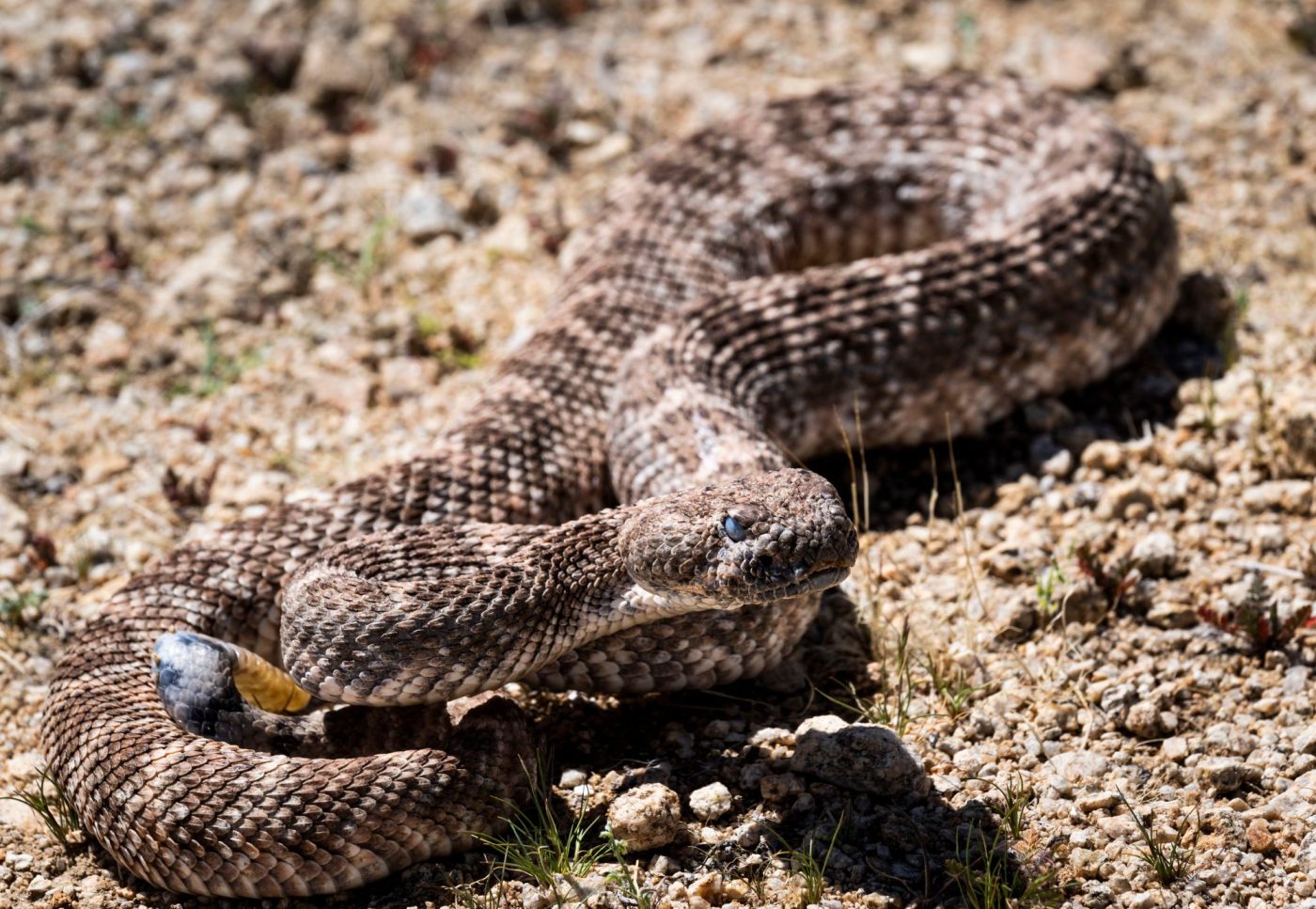As summer temperatures climb, wildlife activity is on the rise — and snake encounters are drawing attention nationwide. Recent reports from Tennessee and South Carolina detailed dramatic snake sightings; in California, Walnut Creek police released video on Aug. 7 of a rattlesnake found inside a resident’s kitchen cabinet.
Audra Barrios, the founder and executive director at Things That Creep, an educational organization focusing on education hands-on programs with reptiles and amphibians in the Bay Area, said that temperature is the biggest factor in the probability of snake encounters in the region. In terms of species, gopher snakes are usually the most common snake because they like basking on trails and roads, and residents might encounter garter snakes in urban areas.
Related Articles
Meet the ‘clever’ sea pansy found off California coast
Why are Colorado rabbits growing tentacles and horns?
Travis Kelce’s love of otters earns him, Taylor Swift, Monterey Bay Aquarium invite
Western gulls hit with mystery illness found on California beaches
Northern California’s newest invaders are beautiful swans. Should hunters kill them?
“It is very uncommon for rattlesnakes to make it into the house,” said Barrios. “They tend to be in rockier areas, so they’re very common in the Mount Diablo area, which is probably why in Walnut Creek you did find those snakes.”
If you encounter a snake in the wild, according to Barrios, the best thing you can do is to leave it alone. “Humans are the predator for reptiles, so snakes are actually very afraid of people. Better give them space to run away.”
Snakes rely on their camouflage to not be seen, so most likely they would stay still and hope humans don’t see them.
“You can even sit and watch it. Watching snakes in the wild is really cool,” said Barrios. “People don’t see snakes that often because they’re pretty good at camouflage and staying safe.” Which means that if you see a snake, you could be considered very lucky — but you should leave it alone so it won’t bother you.
According to Barrios, 18 types of snakes are found in the Bay Area; only the rattlesnake is dangerous to humans. The rest of them are harmless.
Snakes only bite if people try to move them, pick them up or accidentally step on them. So it’s important to know “where your hands and your feet are going” and always stay on trails, said Barrios. She also recommends being mindful when you sit in the wild; she also says to always step on a log, not over it, in case there’s snakes underneath it.
“If you are bitten by a snake, except for a rattlesnake, the rest of them you can just put a Band-Aid on it and call it a day. You’ll be totally fine,” Barrios said. Rattlesnake bites require immediate medical attention. Remove rings, watches or tight clothing from the affected area to prevent circulation problems from swelling, and seek professional care promptly to ensure a full recovery.
According to Centers for Disease Control and Prevention’s National Institute for Occupational Safety and Health, the symptoms of a snake bite differ depending on the species, but common signs near the wound include puncture marks, bleeding, redness, swelling, bruising, blistering and intense pain.
Here’re a few things to know if you got bitten by a rattlesnake, according to the U.S. Forest Service:
What not to do
Do not cut into the bite wound.
Do not apply a tourniquet or otherwise restrict blood flow.
Do not place ice on the wound.
Do not attempt to suck out the venom with your mouth.
These actions can worsen the injury. In fact, the most severe complications, such as amputations, are linked to the use of ice or tourniquets.
What to do
Stay as calm as possible.
Call 911 or radio dispatch immediately.
If possible, gently wash the bite with soap and water.
Remove jewelry, watches or anything that could constrict swelling.
Keep the affected limb still and positioned below heart level.
Get the victim to the nearest medical facility as quickly and safely as possible.





